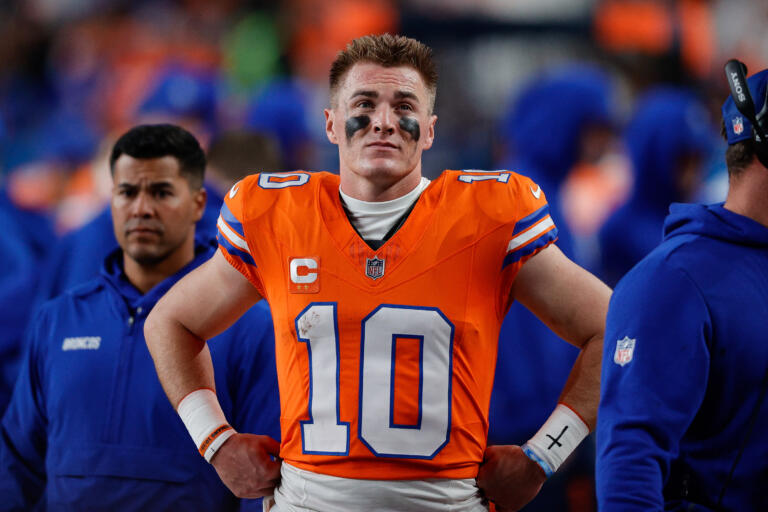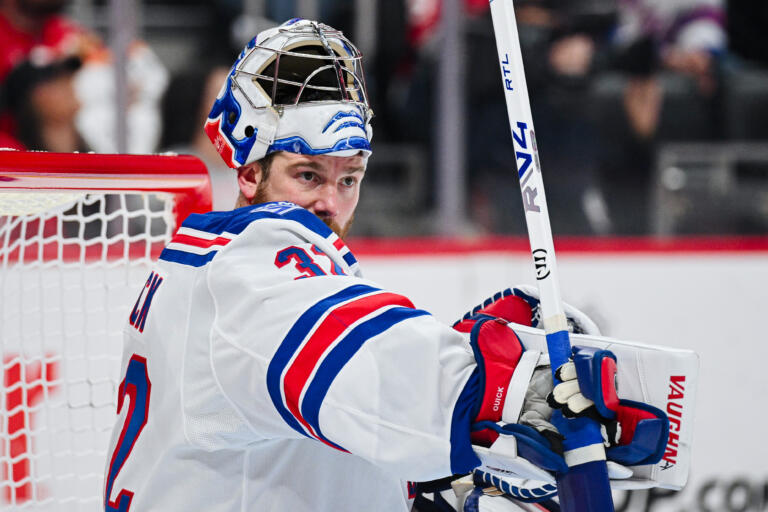Las Vegas’s new power duo promised revival — but instead they’re spinning wheels with no clear path forward.
The Las Vegas Raiders are 2–7. Not rebuilding. Not contending. Just stuck. What was framed as a new era under Pete Carroll and Geno Smith has turned into a stalled-out experiment that’s wasting prime years, missing chances to grow, and offering no sign of progress.
The issue goes deeper than a failing coach‑quarterback pairing. It’s the broader structure of this team — how it’s built, how it functions, and how little upside it’s showing — that should have fans and decision-makers deeply concerned.
There is talent on this roster. That’s what makes the regression so frustrating. Maxx Crosby remains one of the NFL’s most disruptive edge defenders — relentless, consistent, and productive on a unit that struggles to support him. He’s not just a franchise player. He’s one of the few true leaders in the locker room. Yet his prime is being squandered on a defense that can’t get off the field or generate consistent pressure from anywhere else.
On offense, the Raiders do have bright spots. Second-year tight end Brock Bowers is already establishing himself as a matchup nightmare — the kind of weapon who stretches defenses and creates consistent mismatches. And in the backfield, rookie Ashton Jeanty has brought a much-needed jolt to the offense with his burst, balance, and ability to create yardage on his own. He’s young, explosive, and clearly part of the long-term picture.
But beyond those names, the foundation gets thin. The offensive line remains unreliable. The receiving corps lacks separation and consistency. Quarterback play is inconsistent at best, inefficient at worst. On defense, aside from Crosby, there’s little bite — especially in the secondary, where communication breakdowns and coverage lapses are routine.
Depth is a serious issue. The moment a starter goes down, the drop‑off is severe. Special teams has been a weekly liability. And there’s little indication that the team’s current developmental pipeline is strong enough to fix these issues internally. That’s a major problem for a franchise that can’t afford to rely on big free-agent swings every offseason.
Carroll was supposed to bring discipline and culture. Smith was supposed to stabilize the offense. Neither is delivering. And when you pair that with a roster that has scattered stars surrounded by weak spots and inexperience, the result is what we’re seeing now: a team that gets outplayed and outcoached week after week.
This wasn’t supposed to be a teardown year. But with the current direction, the Raiders aren’t just losing games — they’re losing time. Crosby is 28. Bowers is entering his prime. Jeanty is just getting started. Wasting this mix of veteran greatness and young upside on a team with no clear strategy is a recipe for another reset — and soon.
If there’s any chance to salvage the back half of this season, it needs to start with honesty. The Carroll–Smith pairing isn’t taking this roster anywhere. The team needs a quarterback plan for the future — and that quarterback probably isn’t in the building right now. Smith is 35 and fading, and there’s no young, developmental talent waiting behind him. The Raiders need to start thinking about the next era under center and building a real path to get there. They also need to plug the roster gaps that have made them uncompetitive. And most of all, they need to start maximizing the young talent they do have — not burying it beneath short-term stopgaps.
The clock’s ticking. The losses are stacking. And at some point soon, owner Mark Davis will have to ask a difficult but necessary question: Is this the direction he wants his franchise heading? If the answers don’t change fast, he may have no choice but to consider new ones — at quarterback, on the sideline, and beyond.








